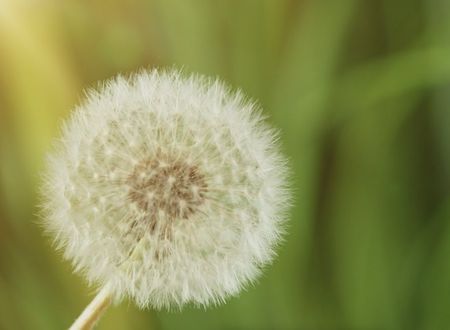Scientifically, all living vertebrates are ‘conscious’ to an extent. It’s essential for their survival; in order to survive, adapt, and reproduce, they must come to judgments based on their circumstances. The “self-awareness” characteristic – the ability to recognize one’s self and emotion – was thought to be reserved solely in humans. Other traits under this category include learning and empathy. However, over the past years, new research has demonstrated the contrary: that wild animals may not be as ‘wild’ as we think. And it starts with one unusual cousin: the orangutang.
“Orangutang” translates to “man of the forest” in Malay, but what significance does that hold in our understanding of the species? Orangutangs are particularly unique amongst primates for their (almost) indistinguishable traits to humans. It’s most visible in their genes: humans and orangutang genomes are almost 97% identical. Scientists have pondered whether the similarities end there and if orangutangs can truly demonstrate self-awareness, along with other traits commonly associated with ‘humans’. This has led rise to a series of behavioral experiments with unusual results.
The mirror test is a useful tool for self-recognition in which the species’ reaction to its own reflection is recorded. Researchers in Tokyo designed an experiment with the orangutangs of Tama Zoological Park. In one trial, a video recording of the orangutangs was placed before them. In the other, the orangutangs encountered their live reflection. The aim of the study was to determine whether the subjects could recognize themselves. The results depicted the trial group with the reflection to have a higher attention span than the group with the recording, almost twice as long as the latter. This implies that orangutangs have the ability to recognize themselves, but can they carry out cognitive functions aided by the stimulus?
Other experiments have shown that orangutangs excel in kinaesthetic learning when compared to chimpanzees and bonobos. In this experiment, subjects were segregated by species and offered a set of simplistic tools such as straws with the additional option to manipulate it. The results showed that while the chimpanzee group manipulated the straw more frequently to drink the juice, the orangutang group was able to almost perfectly mimic the actions of the experimenters and correctly used the straws. Once again this shows a sophistication in the orangutang’s capacity for learning, which they possibly pass down for generations amongst their complex groups and families.
Orangutangs are not solitary creatures; the tight-knit communities have contributed to the species’ survival heavily. Studies conducted in the wild have reported wild orangutangs have a tendency to defend non-family members from aggression.
“Marzec et al. (2016) reported a striking case of possible rescue behaviour in wild orangutans (Pongo pygmaeus wurmbii). An old female with her infant received protection from an unrelated male while she was being attacked by a young female which, in turn, received active support from another male…The intervention of this male reduced the physical aggression directed at the old female and he remained and protected the distressed orangutan and her infant during a 3‐day period.”
While it’s no surprise that orangutangs share a close bond with family members, it is unusual to see them defending other strangers. We typically associate the wilderness as a ‘every man for himself’, but this demonstration of empathy and genuine concern highlights exemplar properties in the species.
There is still a lot more to study in the biological and psychological disciples of animal behavior and many questions are left unanswered. We cannot say for certain why the orangutang is capable of mimicking actions, recognizing itself, and even rescuing others without any added benefits to its survival. We can, however, say for certain that the orangutang is just one of the thousands of remarkable and convoluted walks of life that congregate in a common universe. As a counter to the narcissistic image we envision ourselves in, being human is no different than being an ape.
Experiments:
https://www.ncbi.nlm.nih.gov/pmc/articles/PMC6304147/
https://link.springer.com/article/10.1007/s10071-010-0355-4
https://onlinelibrary.wiley.com/doi/full/10.1111/brv.12342









Comments & Discussion
4 COMMENTS
Please login to read members' comments and participate in the discussion.